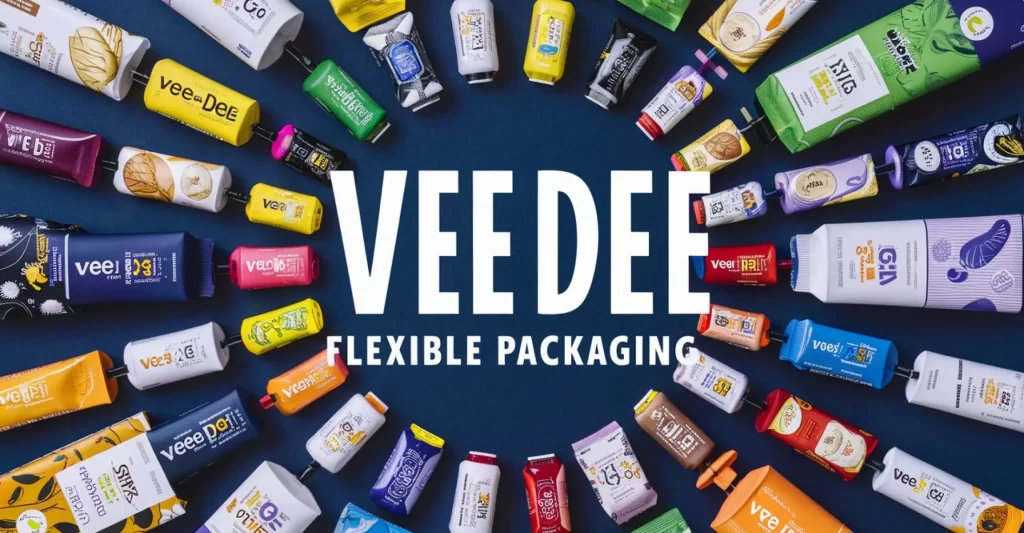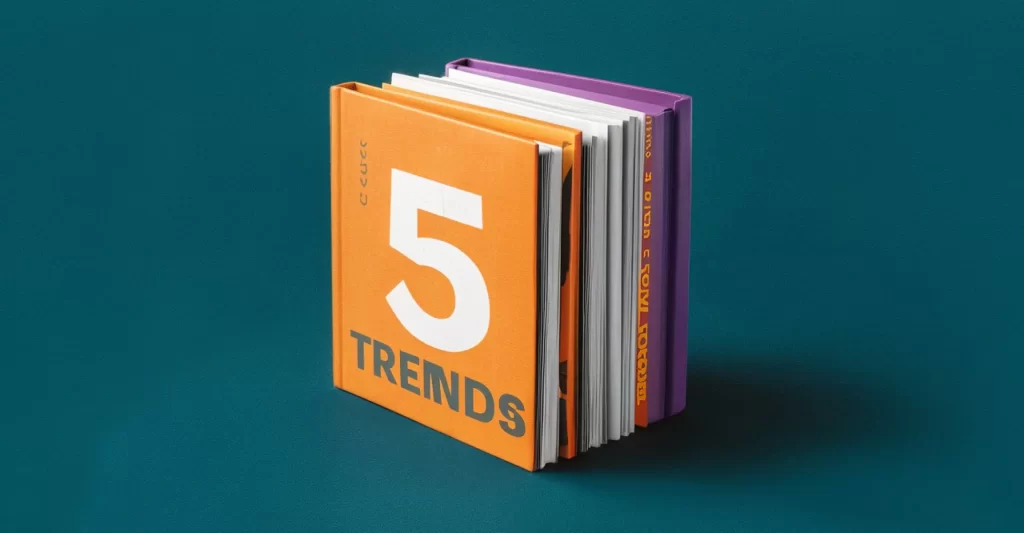Challenges in FMCG Packaging and How Vee Dee Flexible Packaging Helps FMCG Business Owners Stand Out
The Fast-Moving Consumer Goods (FMCG) sector is one of the most dynamic and competitive industries. Packaging plays a crucial role in this sector, not only in protecting products but also in influencing consumer choices and establishing brand identity. However, FMCG packaging comes with its own set of challenges. Let’s explore these challenges and how Vee Dee Flexible Packaging helps FMCG business owners overcome them to stand out in the competition. 1. Sustainability Concerns One of the biggest challenges in FMCG packaging is sustainability. Consumers are increasingly demanding eco-friendly packaging solutions. According to a McKinsey report, 65% of consumers consider the recyclability of packaging when making purchasing decisions1. Vee Dee Flexible Packaging addresses this by offering a range of sustainable packaging materials, including biodegradable and recyclable options, helping brands meet consumer expectations and regulatory requirements. 2. Cost Management Balancing cost with quality and sustainability is another significant challenge. High-quality, sustainable materials often come at a premium. Vee Dee Flexible Packaging provides cost-effective solutions without compromising on quality. By leveraging advanced manufacturing techniques and economies of scale, they offer competitive pricing that helps FMCG businesses manage their packaging budgets effectively. 3. Brand Differentiation In a crowded market, standing out is essential. Packaging is a key differentiator that can influence consumer perception and brand loyalty. Vee Dee Flexible Packaging offers customizable packaging solutions that allow brands to create unique and eye-catching designs. Their expertise in printed pouches, stand-up pouches, and other innovative packaging formats helps FMCG brands establish a strong visual identity. 4. Supply Chain Efficiency Efficient supply chain management is critical in the FMCG sector, where products need to reach consumers quickly and in perfect condition. Vee Dee Flexible Packaging ensures timely delivery and consistent quality, reducing the risk of supply chain disruptions. Their robust logistics network and reliable after-sales support help FMCG businesses maintain a smooth and efficient supply chain. 5. Consumer Engagement Engaging consumers through packaging is becoming increasingly important. Interactive packaging solutions, such as QR codes and augmented reality, can enhance the consumer experience. Vee Dee Flexible Packaging integrates smart packaging technologies that allow FMCG brands to connect with consumers in innovative ways, providing additional product information, promotions, and brand stories. Conclusion The challenges in FMCG packaging are multifaceted, but with the right partner, they can be effectively managed. Vee Dee Flexible Packaging offers comprehensive solutions that help FMCG business owners overcome these challenges and stand out in the competitive market. By focusing on sustainability, cost management, brand differentiation, supply chain efficiency, and consumer engagement, Vee Dee Flexible Packaging ensures that FMCG brands can establish a strong and lasting presence.





